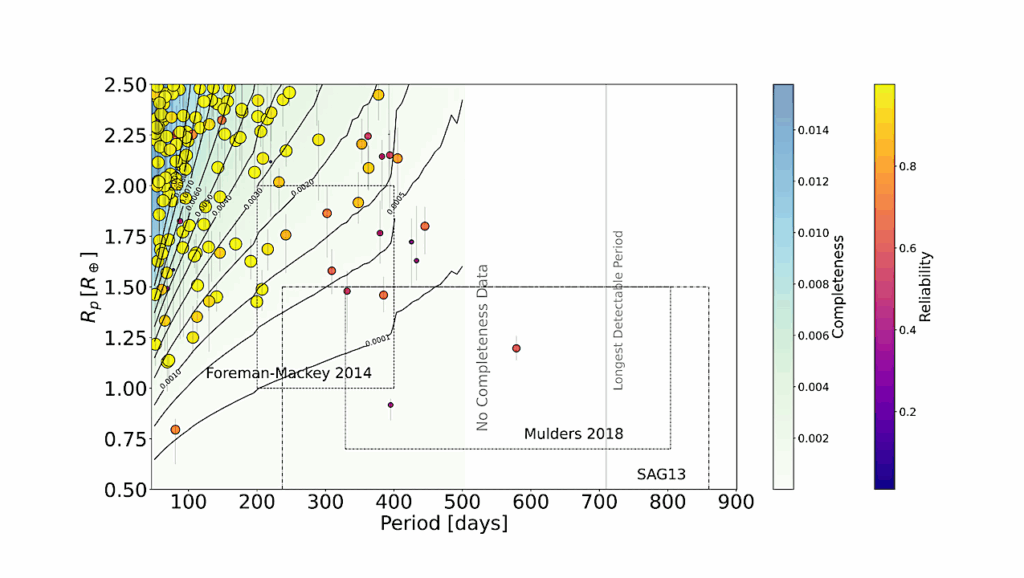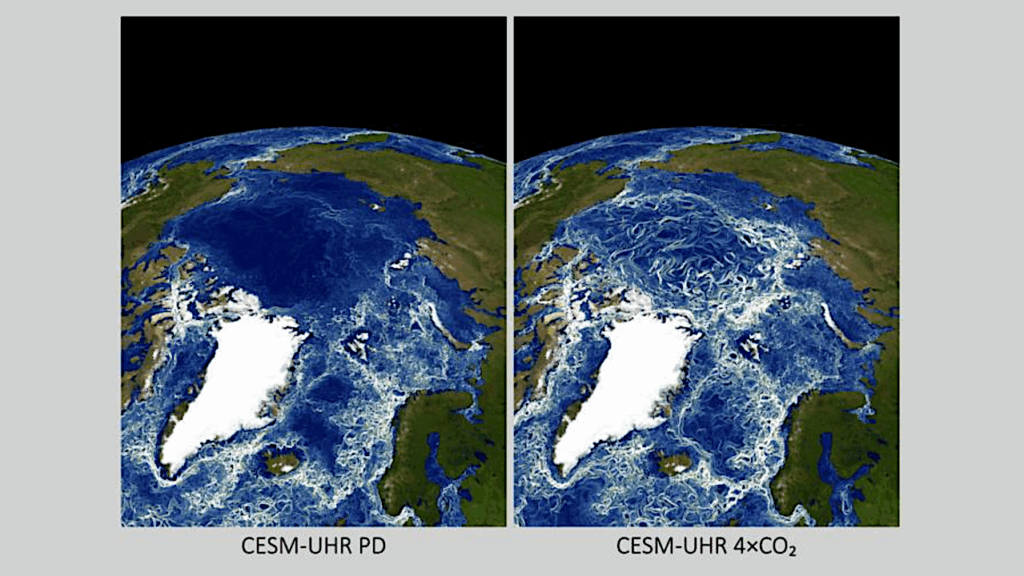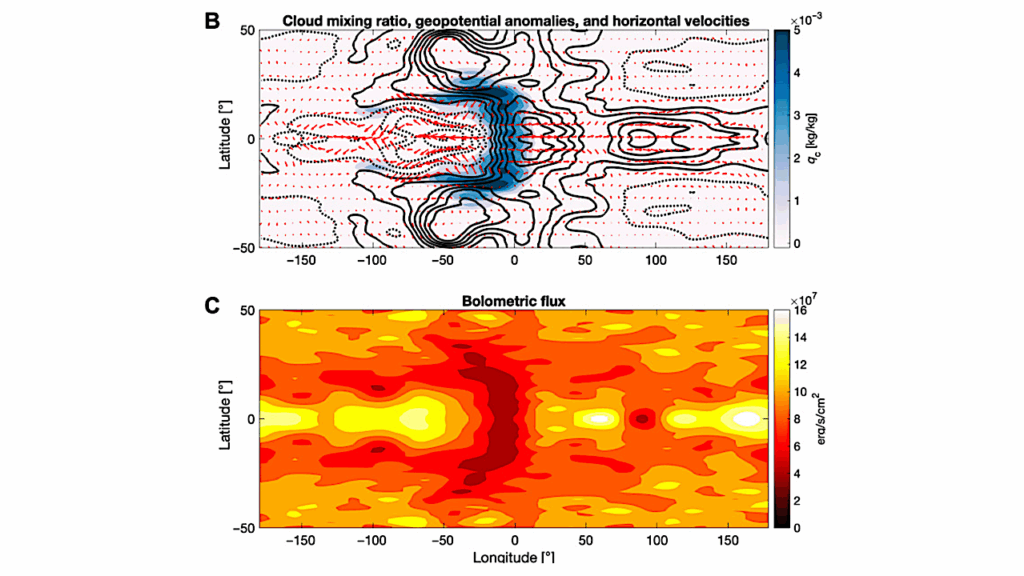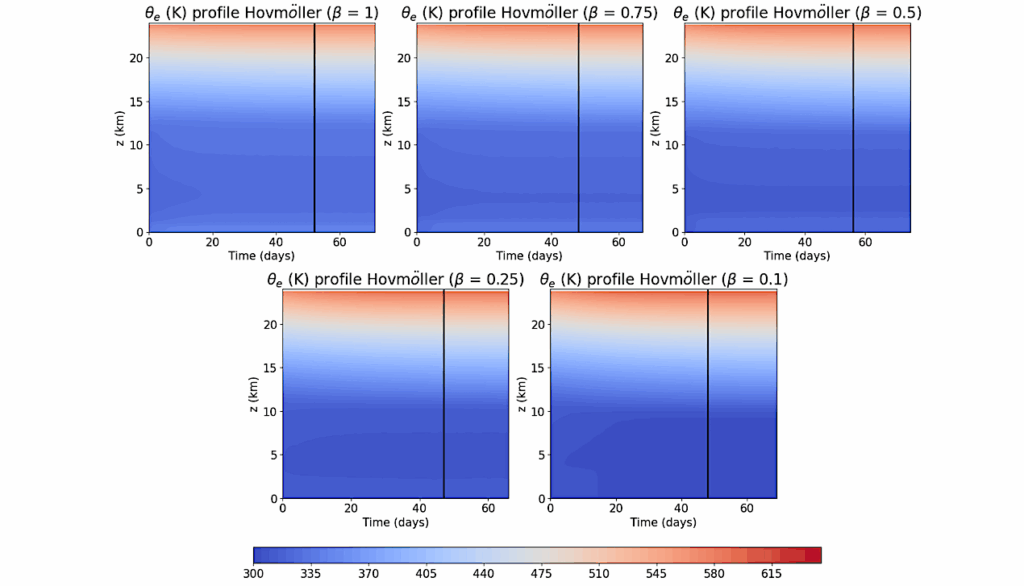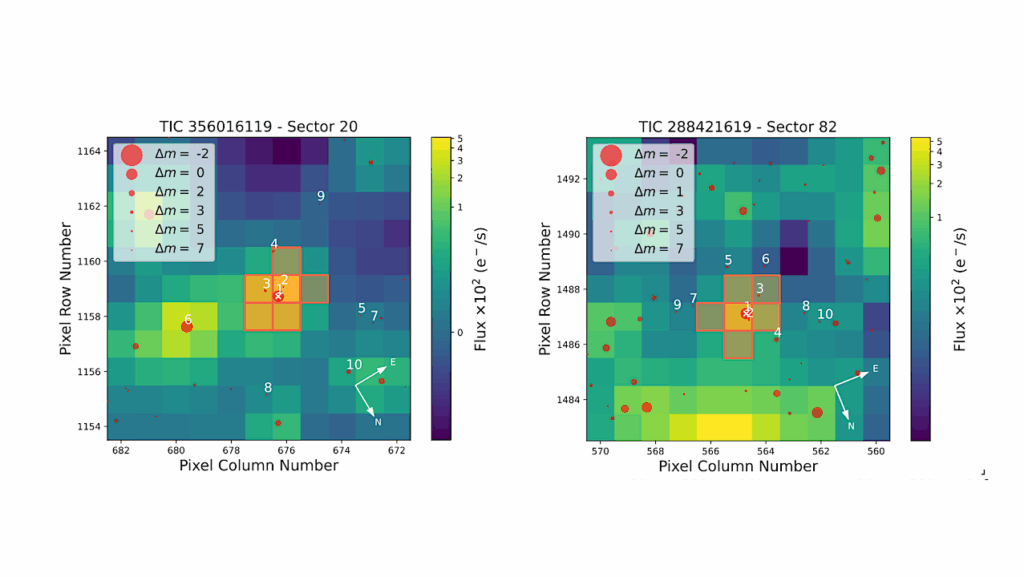Emergence Of Prochlorococcus In The Tonian Oceans And The Initiation Of Neoproterozoic Oxygenation

Prochlorococcus are the smallest and most abundant photosynthetic organisms on Earth, contributing up to 50% of the chlorophyll in the oligotrophic oceans.
Despite being important in regulating the carbon cycle in today’s ocean, the ecological significance of Prochlorococcus in Earth’s history remains elusive. Our new robustly calibrated molecular clock reveals that Prochlorococcus emerged in the deep photic zone of the Tonian oceans. The classical antenna for light harvesting in Cyanobacteria, the phycobilisome, was replaced in Prochlorococcus by the chlorophyll based light harvesting complex enabling more efficient use of blue light that penetrated to deeper water.
Importantly, Prochlorococcus colonization of deep water enhanced access to phosphate, which was rich in upwelled seawater, but likely scarce in the Tonian surface ocean, promoting expansion of Prochlorococcus, displacement of incumbent low-light adapted anoxygenic photoferrotrophs, and associated increases in photosynthetic oxygen production. Colonization of deeper waters would also have improved access to ammonium, leading to the neutral loss of nitrate utilization genes.
Our research thus documents the conspicuous emergence of new photosynthetic bacterial lineages in the run-up to the Neoproterozoic oxygenation event, implying an additional layer of eco-evolutionary complexity during this pivotal interval in Earth’s history.

The evolutionary timeline of Prochlorococcus estimated with plastid-based strategy. (a) The diagram shows the phylogenetic relations among Cyanobacteria and eukaryotic species. The green solid line, black solid line and green dashed line in the cladogram leading to the tip of oxygenic Cyanobacteria, anoxygenic Vampirovibrionia and Sericytochromatia and eukaryotic species, respectively. The calibrated nodes in molecular clock analysis are marked with orange circle (see calibration justifications in Supplementary Methods). (b) (left) The Prochlorococcus evolutionary timeline estimated with the focal molecular dating strategy using sequential Bayesian dating approach based on the 5-partition eukaryotic genome-scale data (in the first step dating analysis) and fully partitioned 12-gene dataset “T30” (in the second step dating analysis) under independent rate clock model. The posterior age distribution is provided next to the ancestral node. The atmospheric oxygen level at the geological time scale is adapted from Lyons et al., 2014, which is represented by the percent of present atmospheric oxygen level (PAL). The vertical bars with green, orange and blue colors represent the time of Tonian, the time of NOE, and the time of Sturtian (left) and Marinoan (right) glaciation, respectively. (right) Phyletic pattern of key gene families. Solid square, solid circle and open circle next to each analyzed genome represent multi-copy gene family, single-copy gene family and absence of the gene family, respectively, in the extant genomes. Gene families marked with asterisk (*) were consistently estimated to be gained or lost by using both AnGST and GeneRax. (c) Diagram illustrating the biogeochemical environments when Prochlorococcus arose from its Synechococcus ancestor.
Hao Zhang, Sishuo Wang, Tianhua Liao, Sean A. Crowe, Haiwei Luo
https://www.biorxiv.org/content/10.1101/2023.09.06.556545v2
doi: https://doi.org/10.1101/2023.09.06.556545
Astrobiology



